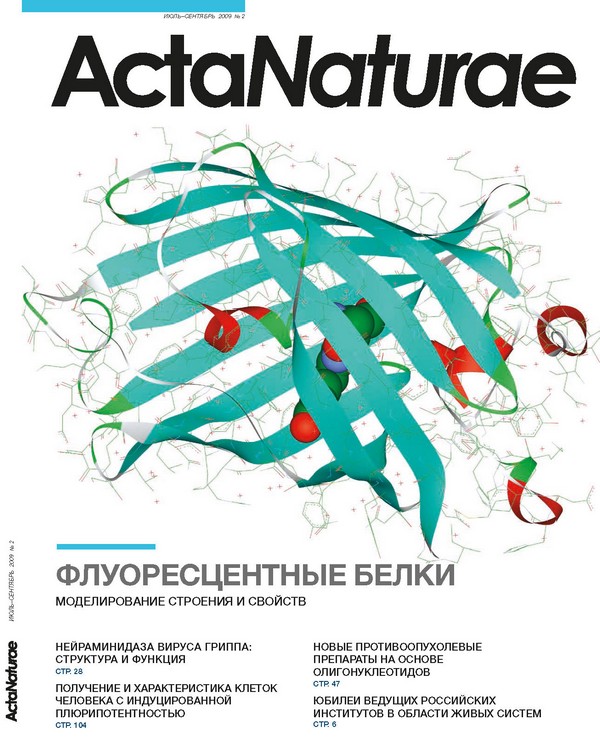Abstract
Cell biology is one of the most rapidly developing branches in modern biology. The most interesting stages in early embryonic development for cell biology are those when a large number of cells are pluripotent. Inner-cell mass of blastocyst can be cultivated in vitro, and these cells are called embryonic stem cells. They are able to differentiate into different types of cells and tissues. But the greatest interest for practical application is the return (reprogramming) of adult cells into the pluripotent state. In our study for the first time induced pluripotent cells were derived from human umbilical vein endothelial cells by genetic reprogramming. We showed that these cells are similar to embryonic stem cells in their morphology, function, and molecular level. We are the first to show that reprogramming sufficiently changes X-chromosome chromatin state, which is normally inactive in female endothelial cells, towards its activation, providing evidence that endothelial cells are reprogrammed at an epigenetic level.







